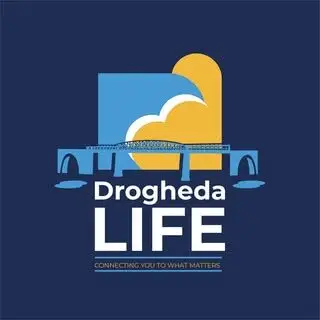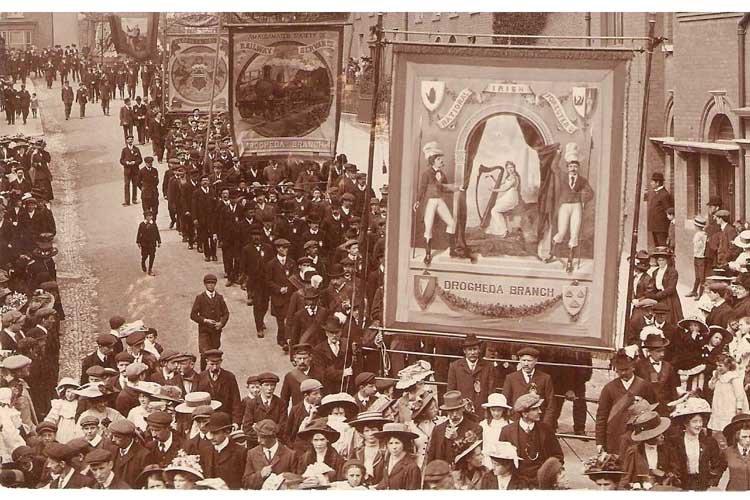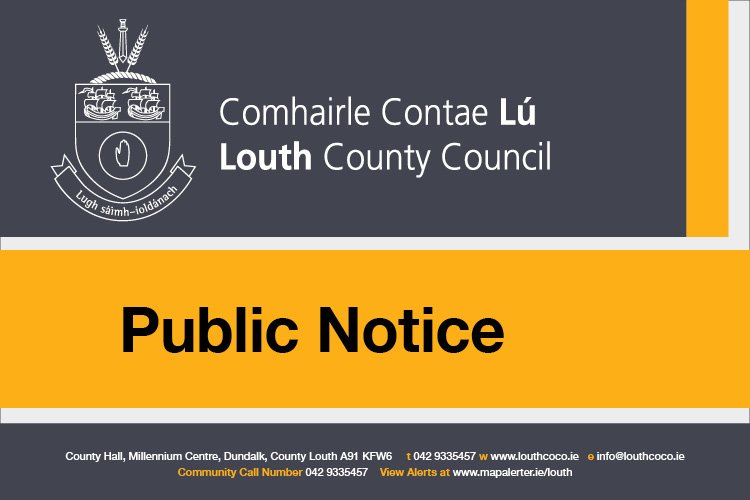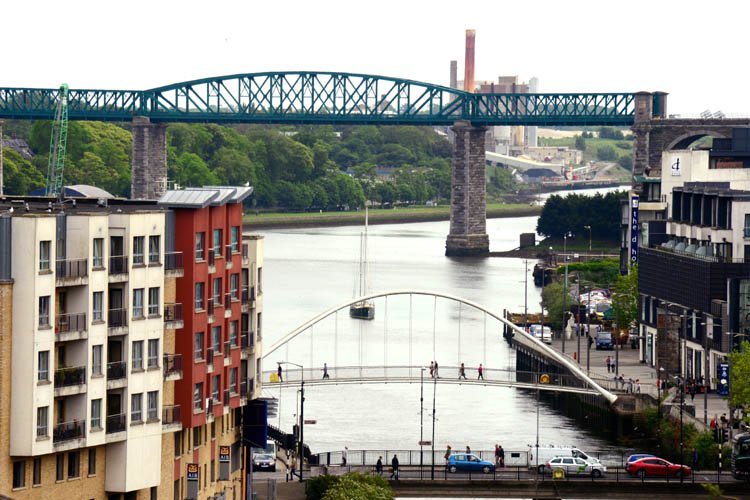By Sean Collins
As Drogheda prepares to celebrate sixty years of St. Patrick’s Day community parades, historian Sean Collins looks back over the years at how we as a town have celebrated Ireland’s patron saint.
The colourful spectacle of our annual St. Patrick’s Day Parade is something Drogheda people look forward to every year. Perhaps we are spoiled thanks to the endeavours of the local hard-working committee, although Covid even interrupted that.
We did not always have an annual parade but the tradition in the town from the emergence of marching bands in the mid-1800s to parade through the town on the annual feast day was common. Locally Ardee was to the fore in this practice.
The Drogheda Argus reported in March 1902, that St. Patrick’s Day had been a red letter day for Drogheda, with a large parade organised by the two battalions of the St. Peter’s Catholic Boys Brigade, with Dr. William Bradley as their Colonel.
The newly formed brigade had two fine banners, one made by Mr. T. Buckley of St. Mary’s Cottages and the other provided by the Sienna Nuns. The parade was headed by the Drogheda Trades Band and the Colonel Leonard Fife and Drum Band.
Marching behind the Boy’s Brigade Banner, the bands were followed by the Drogheda Branch of the Irish National Foresters carrying their flag. The town was awash with shamrocks as the parade marched through the main streets culminating with an open-air concert at the gates of the Sienna Convent on the Cord Road.
The paper was delighted to report there was no evidence of drunkenness on the streets as had been the case in previous years.

Down through the decades of the 1900s, the local papers reported the annual mass at St. Peter’s on St. Patrick’s Day attended by the Mayor and Drogheda Corporation members. It was also pointed out that it was traditionally a day when all business ceased in the town.
The local bands would perform in West Street and the local people would turn out to see them. The big change came in 1962, in that year the B company of the 8th Infantry Battalion attended a special Mass at the Lourdes Church. After mass, distribution and blessing of the shamrock, took place. The soldiers with colour party and accompanied by the Drogheda Brass Band then marched through the town.
Shortly after this event the Drogheda Brass Band members under the leadership of Joe Shiels decided they would organise an annual parade for uniformed groups in the town. In 1964 the Mayor Peter Moore took the salute in West St, outside the Provincial Bank which was the traditional reviewing point of local parades.

The 1964 parade includedan F.C.A. colour party, Drogheda Brass Band, Red Cross, Lourdes Boys Band, Boy Scouts, Knights of Malta, Civil Defence, and the mechanized section, consisting of two ambulances followed what became the traditional route for many years.
From Bolton Sq. through Fair St. William St. the Palace, Constitution Hill, the Mall, up Shop St and over West St. Standing down in George’s Sq. after the playing of the National Anthem. So, the modern St Patrick’s Day Parade was born. In 1974 Dundalk revived their parade after an absence of twenty years, as did Ardee.
Commercial and business involvement started in Drogheda towards the end of the 1970s. Well done Joe Shiels!




